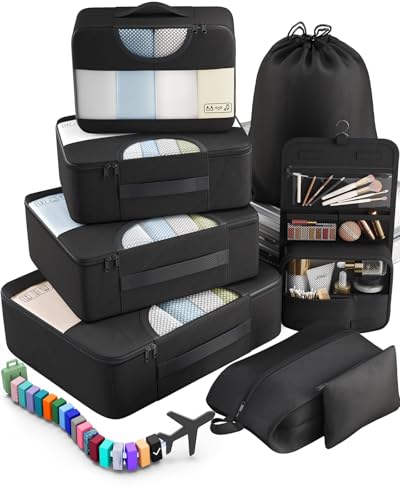In Iceland, they use Type C and F power plugs and outlets. The voltage is 230V, and the frequency is 50Hz.
So, you’ll need a travel adapter in Iceland. Their plugs and outlets are different from the Type A and B ones we use back in the States.
Quick Overview of the Plugs in Iceland:
- Plug type in Iceland: C and F
- Standard voltage: 230V
- Frequency: 50Hz
- Need a travel adapter? Yes, you do need a travel adapter
- Need a voltage converter? May be required for certain electronics
- Recommended plug adapter: One Beat International Power Adapter
We rely on official power regulations, international IEC standards, and real-world traveler feedback to keep our information accurate and trustworthy.
The Only Travel Adapter You’ll Need in Iceland
Choosing the wrong travel adapter can fry your devices—or worse, leave you without power. We don’t sell them, but we’ve tested and researched the best option for Iceland, covering voltage, safety, price, charging speed, and durability. Here’s the best choice:
Recommended Travel Plug Adapter
by 6,500+ travelers on Amazon
If you’re traveling or already at your destination and missing a power adapter, you’ll probably be fine—most airports or stores have them. But bringing your own from home means less stress, better quality, and no need to settle for whatever’s on the shelf.
People visiting Iceland often continue their journey through Denmark, the United Kingdom, and Norway. Outlet types may vary, so it’s good to double-check.
Power Outlets in Iceland
In Iceland, they use Type C and F power plugs and outlets.
Type C

Type C outlets have two round prongs and no grounding pin. Type E and F plugs usually fit too, but grounded plugs will need an adapter.
Type F

Type F outlets have two round prongs and grounding clips on the sides. Type C and E plugs will also fit.
Do You Need a Voltage Converter?
You’ll probably need a voltage converter in Iceland since your device’s voltage has to match the local power supply. In the U.S., we use 120V, but Iceland operates on a different voltage, so a converter is required.
Before packing your electronics for a trip, always check the voltage label. If it says “100-240V, 50/60 Hz”, your device is compatible with different voltage systems and doesn’t need a converter. This applies to phones, tablets, laptops, cameras, and rechargeable toothbrushes.

Which Travel Devices May Need a Converter?
Need a reliable voltage converter? These are the top picks according to real reviews — check them out.
| Device | Need Converter? | Notes |
|---|---|---|
| Phone | ❌ No (usually) | Most modern phone chargers are dual voltage (100–240V) |
| Laptop | ❌ No (usually) | Check the power brick label for 100–240V |
| Hairdryer | ✅ Yes (often) | High wattage; many models are not dual voltage |
| Electric toothbrush | ⚠️ Check voltage | Some models are 110V only |
| Camera / DSLR | ❌ No (usually) | Most chargers are dual voltage |
| Power bank | ❌ No | Charges via USB, adapter is enough |
| Electric shaver / trimmer | ⚠️ Check voltage | Older or cheaper models may not support 230V |
| Tablet / iPad | ❌ No | All models are dual voltage |
| Portable fan | ✅ Yes (sometimes) | Many models are not compatible with 230V |
| Game console | ⚠️ Check voltage | Newer consoles like PS5 and Xbox are often dual voltage — check to be sure |
| Bluetooth speaker | ❌ No (usually) | Charges via USB |
| E-reader (Kindle, etc.) | ❌ No | USB charging only, no converter needed |
Top Travel Essentials to Pack
Whether it’s your first trip or your fiftieth, these small tools are worth having. They make all the difference when it counts.
Digital Luggage Scale
Packing Cubes
Power Bank
More About Iceland
Iceland is roughly about the size of Florida in land area but feels ginormous thanks to fjords, volcanoes, glaciers, and about 130 geothermal pools. It’s the original “coolcation” spot—summers hover in the mid-50s °F and winters bring snowy landscapes and aurora shows.
Road-tripping? The famous Golden Circle and its bigger, quieter cousin, the Diamond Circle (Godafoss, Dettifoss, Húsavík, Lake Mývatn), dish out nature overload. Inland adventures include glacier hikes and volcano treks.
For a country that barely hits 400,000 people, Iceland has it all—wild beauty, charming towns, hot springs everywhere, artistic streaks, and a vibe that’s as raw and real as it gets.




